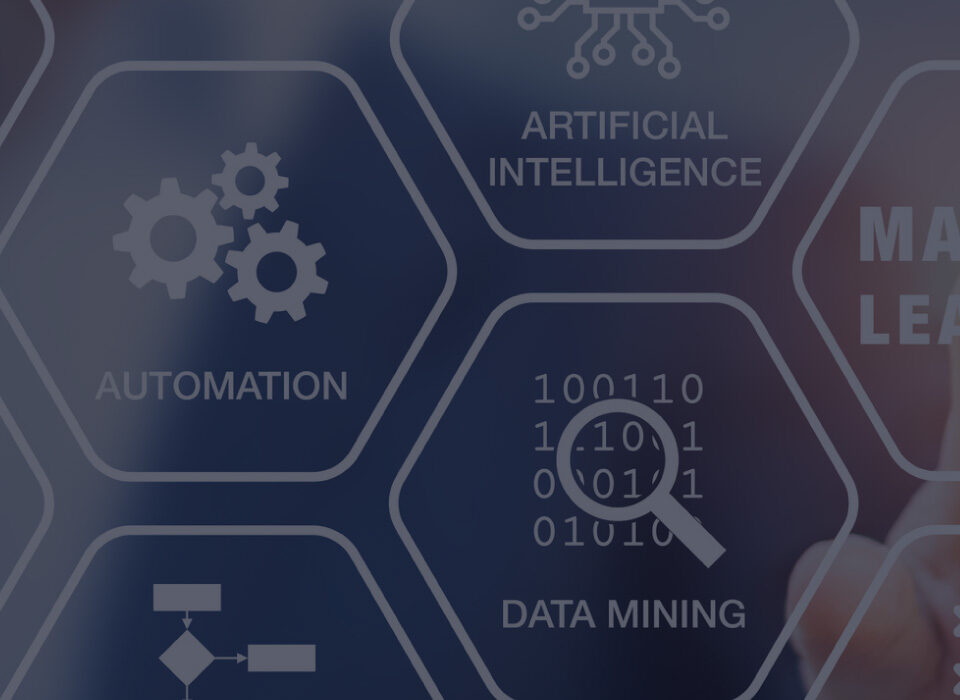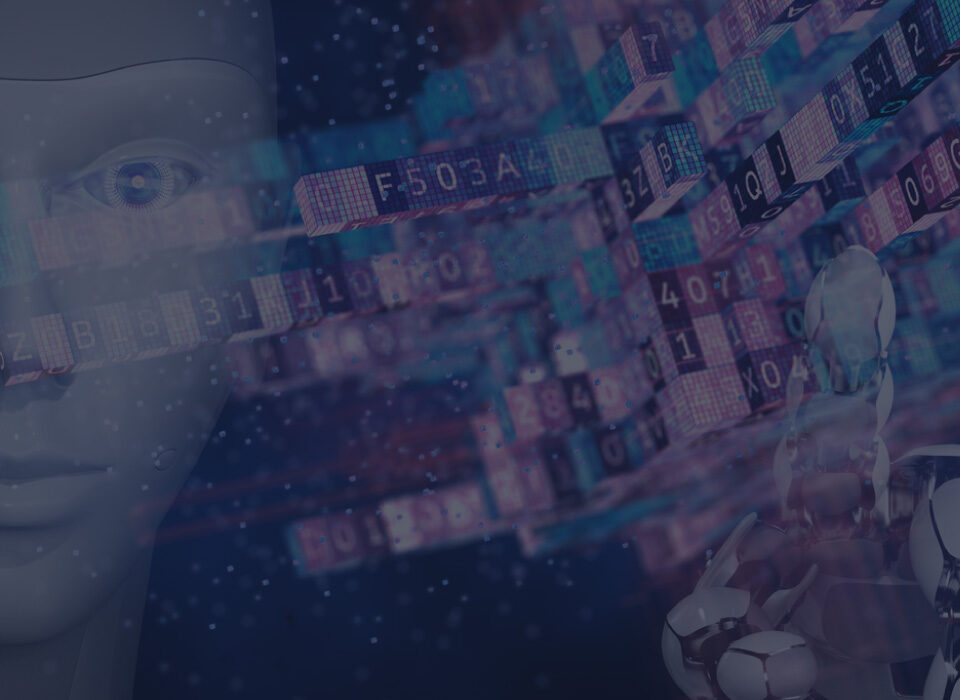
DDMRP in Sustainable Fashion Supply Chain
August 26, 2022
How DDAE can Support Manufacturing Companies to Adapt with Global Supply and Demand Shift
September 16, 2022You’ve probably heard that there will be a massive global shift in supply and demand shortly. It’s been making headlines for a while now, and the predictions are only getting direr.
But what can we do about it? Is there any way to prepare for this massive change?
This article will explore the looming global shift in supply and demand and how Demand Driven Adaptive Enterprise (DDAE) can help companies adapt.
The Current State of Supply and Demand
You might wonder what all the fuss is about regarding supply and demand. After all, it’s been a hot topic for years, and companies have been trying to adjust to changing market conditions.
But here’s the thing: the market is changing faster than ever, and manufacturers must be prepared for a massive shift in the next decade. We’re talking about a global change that will impact every industry.
So what’s causing this shift? There are a few factors at play, but the biggest one is the rise of technology. With so many new gadgets and devices hitting the market, demand for raw materials is increasing exponentially. And as more countries develop their economies, they’re starting to consume more goods and services.

The Rise of the Developing World and the Fall of the Developed World.
The shift in supply and demand is driven by the rise of the developing world and the fall of the developed world. The developed world is struggling to keep up with the new manufacturing powerhouses in the developing world.
This is particularly evident in the automotive industry. For example, take a look at this scenario: The demand for automobiles is shifting away from Western countries and towards countries in Asia and South America. The days of the big American car companies dominating the market are coming to an end.
The good news is that companies that embrace a Demand Driven Adaptive Enterprise (DDAE) strategy are well-positioned to thrive in this new global landscape. DDAE allows manufacturers to adapt rapidly to changing market conditions while maintaining high-quality standards.
The Impending Shift in Supply and Demand
You might have heard whispers of this massive shift in the air, but what does it mean for businesses? Manufacturing and distributing products will change dramatically in the next decade.
Why is this happening? There are a few reasons. For one, we’re seeing a decline in the number of people available to work in factories. At the same time, demand for products is increasing as the global population grows.
And then there’s the issue of climate change. As the Earth gets warmer, traditional manufacturing methods aren’t as viable. We must find new ways to produce goods that don’t damage our planet.
So what can businesses do to prepare for this massive shift in supply and demand? The answer is Demand Driven Adaptive Enterprise (DDAE). With DDAE, companies can quickly adapt to changes in the market, ensuring that they always have the products their customers need.

What This Shift Means for Manufacturing Companies
The looming massive global shift in supply and demand is something that’s going to have a significant impact on manufacturing companies. The good news is that a solution can help them adapt to Demand Driven Adaptive Enterprise (DDAE).
DDAE is a methodology that helps companies forecast demand and then adapt their production in real-time to ensure they’re consistently producing the right product. It’s a newer methodology, but it’s quickly gaining traction because it’s so effective.
If you’re a manufacturing company, staying ahead of the curve and preparing for this impending shift is essential. DDAE is your best bet for doing just that.
Insights from Patrick Rigoni on DDAE
Patrick Rigoni, PhD, DDPP and DDLP Expert shares his timely forecast below on the looming supply and demand shift and how DDAE can support companies worldwide to evolve:
“In the next few years, we will experience the most significant wave of mass retirement in western Europe. For every three persons retiring, only two will enter the workforce, and the ones retiring are the most experienced and highly skilled workers. A skilled workforce will become a major constraint for companies to keep their operations up and running. Many will choose to push further automation and digitization as a solution, but there are a few problems here. Automation requires highly skilled IT specialists and engineers to implement and maintain, and they will be nowhere to be found.
Automation also requires lots of capital, and capital will likely become more expensive as the flow of cash that went to fill the pension funds will start flowing in the opposite direction.
But we will not only be losing our workforce. We will be losing an entire generation of consumers as well and this will create major shifts in demand for goods, with the general trend being downwards.
The bad news is that this is not happening only in the industrialized world. This is happening in Asia as well and, in particular, China. All of this, plus other factors, means that the global supply chains are going to experience major disruptions in the next future. What we have seen in the last two years was only the beginning. Volatility and uncertainty will increase even further.
That’s why I believe that the Demand Driven Adaptive Enterprise model developed by DDI is the best shot that manufacturing companies have if they want to increase their chance to stay in business.
This model allows companies to adapt quickly to changes in the environments, better mitigate the impact of disruptions and increase their resilience overall. Next to stock, time, and capacity buffers – which are all used in the model for effective management of material and information flow – the skill buffers will become more and more important to create visibility of current available and future required skill sets and then act on it in an environment of generalized labor shortage.
Adopting the DDAE will not be a guarantee of survival, but certainly your company will be much better positioned to face this upcoming hurricane and the moment to start is right now.”
The Benefits of Using DDAE
It would help if you were prepared for the massive global shift in supply and demand. You can’t afford to be left behind.
The best way to prepare for this shift is by using Demand Driven Adaptive Enterprise (DDAE). With DDAE, you can quickly adapt to changes in the market and ensure that your manufacturing company consistently produces the products that customers want.
DDAE is the future of manufacturing, and if you want to stay ahead of the curve, you need to make the switch.
How to Implement DDAE in your Company?
You might wonder how to implement a Demand Driven Adaptive Enterprise strategy in your company. It’s not as difficult as you might think.
First, you must look at your manufacturing process and see where you can make some changes. Perhaps you need to produce a different product or switch to a new supplier.
Next, you must ensure that your data is accurate and up-to-date. This means tracking inventory levels, sales, and supplier performance so you can adapt quickly to changes in the market.
The last step is to create a plan and stick to it. This means setting goals, creating timelines, and putting together a team who can help you achieve your objectives.
It’s not going to be easy, but with a little hard work and determination, you can shift to a Demand Driven Adaptive Enterprise strategy and secure your company’s future in a rapidly changing world.

Conclusion
Manufacturers must start preparing for this massive global shift in supply and demand. Demand Driven Adaptive Enterprise (DDAE) can help them adapt and thrive in this new environment. It would be ideal for manufacturers to embrace Demand Driven Adaptive Enterprise (DDAE) to succeed in this new environment.
DDAE is a methodology that helps companies adapt to changing market conditions. It enables them to respond quickly to shifts in customer demand. DDAE also helps companies to optimize their supply chains. This allows them to get the right products to customers at the right time.
Manufacturers embracing DDAE will be in a much better position to cope with the massive global shift in supply and demand. They will be able to adapt to changing market conditions quickly. They will also be able to optimize their supply chains. This will help them meet their customers’ needs promptly.
Interested in knowing how Patrick Rigoni can step up the game of your supply chain? Contact us today and get a free consultation.
Patrick Rigoni also offers in-depth DDMRP courses; if you are interested to know more about DDMRP for the supply chain for your company, here is the link to the NEW DDMRP Page.





